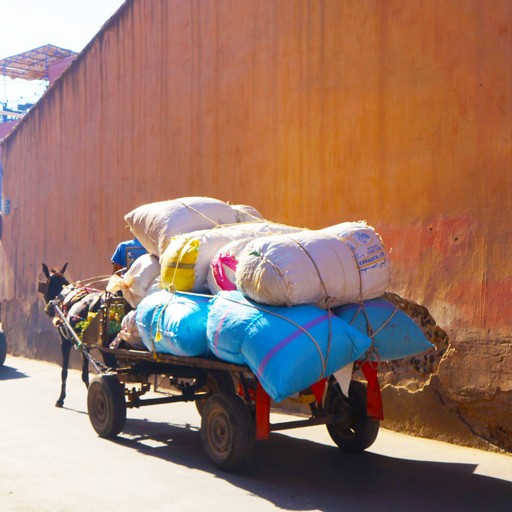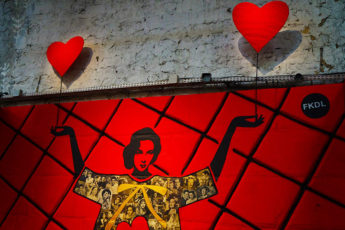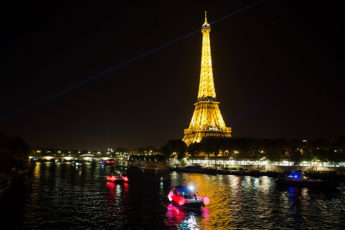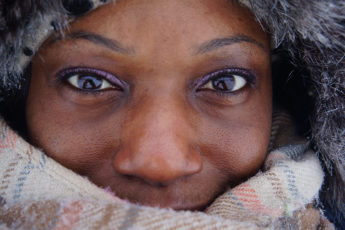The origins of London’s Notting Hill carnival: fierce civil rights and bright feathers
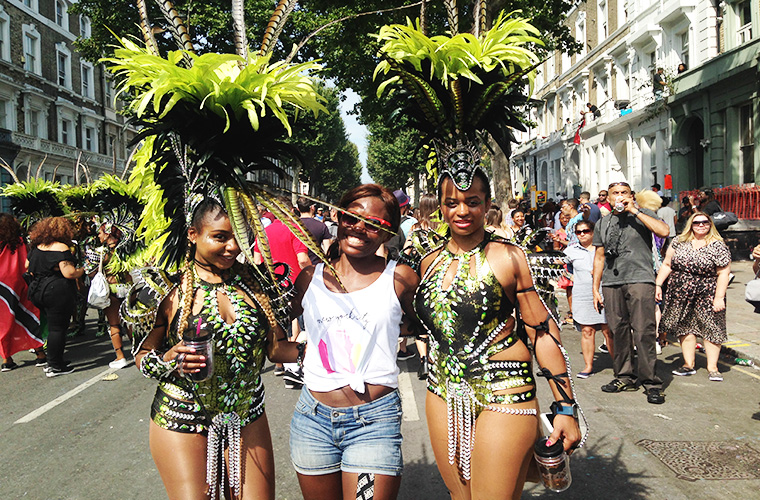
The origins of London’s Notting Hill carnival: let’s spread love. In our minds, carnival is synonymous of people dancing on the streets in spectacular colourful costumes. Think of Rio or Mardi Gras for instance. It’s good music, good vibes and good food.
West London put on a new face with massive beats, feathers and fun. Now I hear only Rio’s carnival is bigger than London. Notting Hill carnival is about 10 times bigger than Glastonbury. How many bands do we have here? What about the colourful costumes? How many sound systems? What’s the story with the goat? How did it all start?
The origins of London’s Notting Hill carnival
Did you know that the carnival was once led by a goat? I was just as awestruck as you are reading this. The goat was in late 60’s. About that later. Now let’s get some facts in.
First, the area that is now Notting Hill used to be plagued by poverty. It was home to the slums. The poorest areas where West Indies immigrants can find lodgings.
Second, the carnival draws its roots from Canboulay or Kamboule. How come? Kamboule means playing a percussion instrument. The Trinidadian used Kamboule in defiance to the french as they gained freedom from slavery. This is where calypso originates from. And Calypso is one of the main music theme we hear in carnival.
Third and most important, it also draws its roots from radical political views.
A feminist activist is the mother of London’s Notting Hill carnival
We can thank the feminist activist Claudia Jones for the carnival. Back in the fifties, she runs the West Indian gazette from her flat in Brixton. After the racists attacks against black population, she wants an event that brings black people together. These attacks are led by the likes of cockney clan or teddy boy styles. She also wants that event to spread the Caribbean culture and economic interest.
In addition, the event is also to pay for fees for black people arrested during the racist attack over the 5 days bank holiday. The first carnival therefore takes place in a community hall in an area that is now Camden. The focus point of the event is a beauty contest. And the winner gets a trip to Trinidad.
Based on the success of this event, the following years sees the event being held in various indoor locations in London. Covent Garden is one of them. Trinidadian calypso is still heard. Beauty contest then evolves into masquerade. Limbo dancing and steel bands settle in. Times passes. And Claudia dies. In August 1964 and in celebration of the 1958 riot, the first steel band is heard on the streets of Notting Hill.
As the festival transforms itself, it wears several faces. One that remains constant is the popular origins. This is how in the early 70’s, it is lead by a goat; Just as you would expect in a village fair. In 1973 Leslie Palmer organises the event and changes it into a celebration of all west indian cultures. Cue in the throbbing sound system so typical of Notting Hill.
London’s Notting Hill carnival is all about the vibes
A few years back when i was still living in Kent, I used to attend Notting Hill carnival virtually every 2 years or so. This is when the event was spread over 3 days from Saturday to Monday. Kids day on Sunday. Main parade on Monday. If one of my wish could have be granted then, i would have said to be on a float. It is still so today.
This carnival is a personal thing for me. We are in 2003 when i first attend. It’s kiddies day. And am like a kid in a toy shop. The vibes hit me. So many people smiling; So many people looking and acting happy. I am embracing it all.
I get to talk to Tracy. She has been preparing for this for the past year. She has been doing this for the past 5 years and she knows the drill. However, it is still as daunting yet exciting as we near D-day she tells me. I am staring at her costume. It is simply gorgeous.
Working beyond hours is an understatement here. Slowly thanks to Tracy, i come to realise the sheer amount of work behind all of this. The carnival. Its floats, its costumes, the music, the food stalls.
The carnival today
Fast forward to today. I am attending with my friends. This is their first time at the carnival. I myself have not attended the event for the past 5-6 years. The party kicks in early in the day and is set to last until late into the night. There are approximately 4 miles of fun ahead of us. Memories flood back in. I am grinning. All different kind of people and different cultures coming together.
There are thousands of us revellers here ready to groove with the parade of giant floats. We all seem to have the same goal: have a damn good time. My eyes are in for a gorgeous visual display again.
Culture and history drives this carnival
If i am to summarise the origins of London’s Notting Hill carnival, i would say culture and history that drive this event. And lots of it. This is what Nothing Hill carnival is about. Celebrating culture and unity. Strong civil rights. People’s arts. Bright feathers set against the strong London architecture. Chicken, rice and peas. Soca dance. Rhum punch. Good music, good vibes and good food.
I simply love this carnival. Let’s spread positivity with sprawling joy. This is the photo story.
xox M. Let’s share our inspiration
